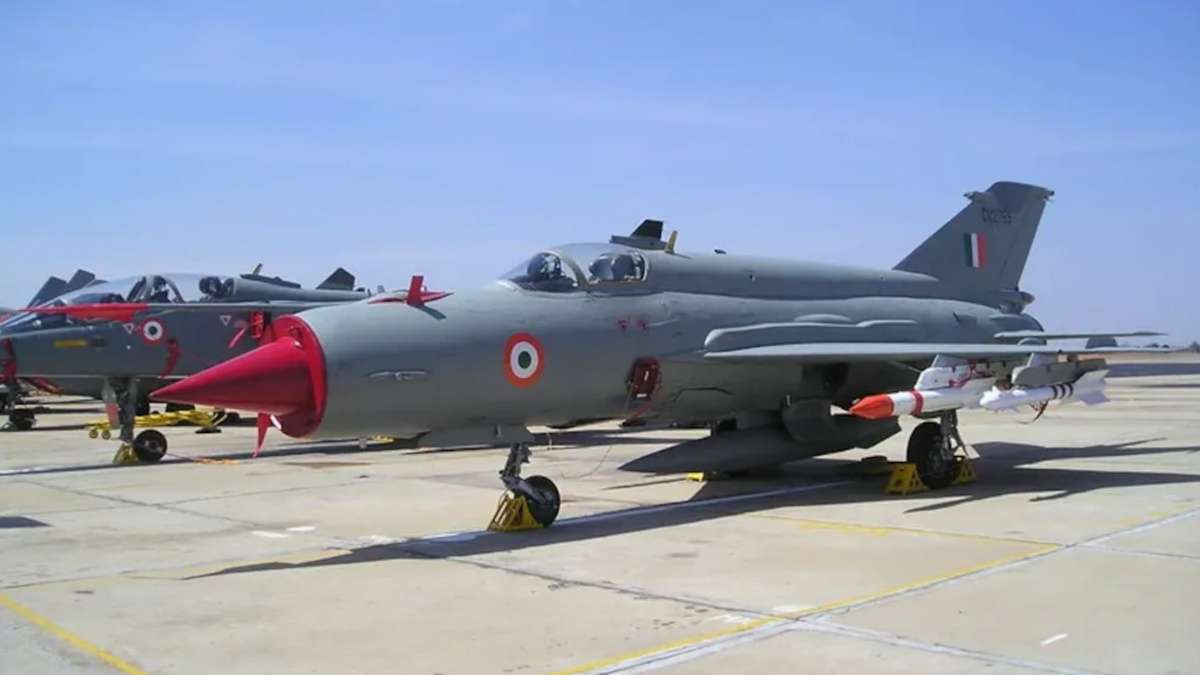After six decades of service, the iconic MiG-21 fighter jet is officially retired from the Indian Air Force
The Legacy of the MiG-21 in India
The MiG-21, often called the “Flying Coffin” but beloved as a reliable workhorse, has been a vital part of the Indian Air Force (IAF) since its induction in 1963. Over 1,200 of these supersonic fighter jets have served the nation, flying countless missions and playing key roles in wars and peacekeeping operations.
A Storied History of Service
The MiG-21 was introduced at a time when India sought to modernize its air defense. Over the years, it proved its mettle in several conflicts, including:
- The Indo-Pak wars of 1965 and 1971
- Various border skirmishes
- Counter-insurgency and surveillance operations
Known for its speed, agility, and simplicity, the MiG-21 earned respect among pilots and military strategists alike.
The Official Retirement Ceremony
On [insert date], the Indian Air Force officially bid farewell to the MiG-21, marking the end of an era. The ceremony was held at [location], where current IAF officers paid tribute to the aircraft’s immense contribution to India’s defense.
IAF officials expressed gratitude towards the pilots and ground crews who kept the fleet operational for more than 60 years.
What Comes Next?
The retirement of the MiG-21 makes way for newer, more advanced fighter jets such as the Sukhoi Su-30MKI, Rafale, and the indigenous Tejas aircraft. These modern jets are equipped with cutting-edge technology, superior firepower, and enhanced avionics to meet today’s security challenges.
MiG-21’s Impact on Indian Aviation
The MiG-21 helped shape India’s aerospace capabilities. Its long service life reflects the resilience and adaptability of Indian defense forces. Despite challenges, the MiG-21 remained an affordable and effective fighter jet for decades.



